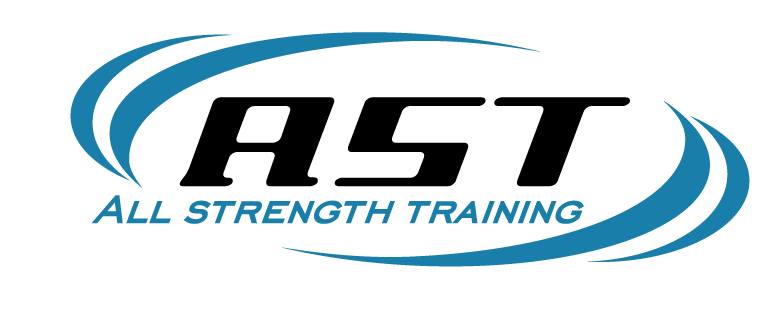Why You Shouldn’t Skip Calf Training (And a No-Equipment Routine)
Calves are a bodypart that get very little attention in the average person’s training program, usually for one of these reasons:
- They think calf development is mostly a genetic thing and training won’t change it much
- They aren’t interested in having bigger calf muscles
- They’re uncomfortable to train
- Their gym has little equipment available
- They just don’t know how
However, by skipping out on calf work you might be losing benefits in other parts of your training, so it might be time to reconsider.
Benefits of Calf Training
Besides the muscular development benefits, which I can begrudgingly accept doesn’t appeal to everybody, training the calves directly can help with knee pain and add range of motion in the ankle joint, benefiting movements like squats, leg presses and lunges.
The Calf Muscles & Knee Pain
Knee pain in the posterior, or back, side of the joint is often attributed to weakness or tightness (or both) in the hamstring muscles, but it can also be the calf. The gastrocnemius, the larger calf muscle that makes up most of the lower leg’s size near the knee, crosses over the knee joint and has its origin at the femur, and tightness in the muscle can reduce the amount of muscular “slack” there is at the knee joint. This is especially common for women who wear heels frequently, or if you use Olympic lifting shoes or any kind of heel elevation for squatting.
Calf Training & Squat Depth
Lower body movements that are more quad-dominant, like squats, leg presses and lunges or split squats, require movement to varying degrees at three different joints – the hip, the knee, and the ankle. Limitations in how far any one joint can move will usually force another joint to compensate to make up for it, which can shift emphasis from one set of muscles to another – this can be visible in a squat where the ankle lacks the range of motion to allow the shin to track forward far enough, forcing the hips to flex farther and forcing the torso to fold over, looking more like a good morning than a squat.
In the event that you don’t allow a compensation like that to occur, it will simply force you to pump the brakes on how low you go, leaving a portion of the range of motion untrained and creating issues with the muscle imbalance by neglecting to train the muscle through its complete range of motion.
Contrary to popular belief, stretching a tight muscle is not the only solution – often, a muscle can become tight because it is simply too weak to support your body in that position, so your brain tells the muscle to tighten up to keep you out of that position as a protective measure against injury. By training the calf through a full range of motion, there’s a good chance you may see improvements in its normal active range, leaving the rest of your body to reap the benefits as well as reducing a common cause of knee pain.
The No-Equipment Calf Program
This is a very simple workout, using a total of four sets and will take about 10 minutes from start to finish, using the single-leg standing calf raise.
By using a single leg setup, it reduces the need for special equipment and allows you to do it with nothing but a box or stair and something to hold onto.
Each set will use full range of motion reps, as well as a finishing technique intended to keep the muscle stimulated through a full range of motion. Fair warning – the calves are prone to buildup of lactate and they may (okay, they WILL) feel like they’re on fire from start to finish.
The Workout
Set #1: Perform 10-20 reps on one leg, finishing with a 10-second contraction at the very top after completing your last rep. Get as high up on your toes as possible – the goal is full range of motion!
Set #2: Perform 10-20 reps on one leg, finishing with a 10-second stretch in the bottom position. To further the stretch, think about pulling your toes toward your shin, which will actively pull your calf into a greater stretch than just letting gravity do its work.
Set #3: Perform 10-20 reps on one leg, finishing with 10 partial reps, going all the way down but only coming up about halfway. This continues to work the stretch position and allows you to go past the point of full-repetition failure with the use of partial reps.
Set #4: Perform 10-20 reps on one leg, finishing with the kitchen sink thrown at your calves – do a 10-second isometric hold at the top, then do 10 partial reps in the bottom half of the range of motion, before finally finishing with a 10-second stretch before switching to the other leg.
Enjoy!

